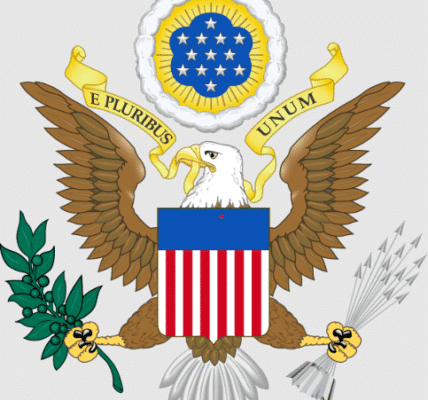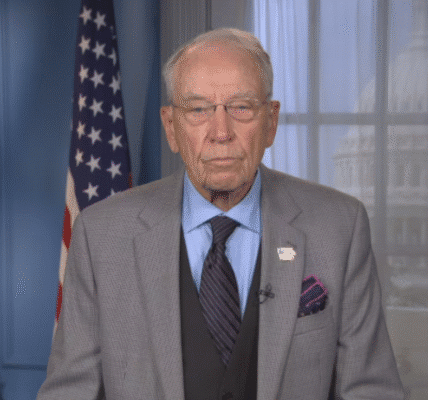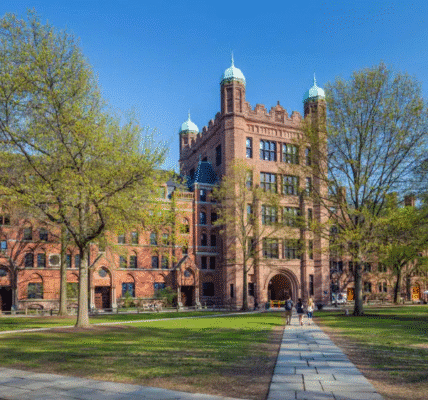Understanding the Federal Government of the United States: Structure, Powers, and Role in Democracy

What is the Federal Government of the United States?
The Federal Government of the United States is the national governing body established by the U.S. Constitution in 1787. It is designed to serve and protect the interests of all 50 states under a single national authority, while still respecting individual state sovereignty. This system of shared powers is known as federalism.
The federal government manages critical national functions such as defense, international diplomacy, monetary policy, immigration, and constitutional law. It operates under a strict framework that separates powers into three independent branches.
Structure of the U.S. Federal Government
The U.S. government is built on three key branches:
1. Legislative Branch (Congress)
- Function: Makes federal laws, controls the budget, and approves treaties and appointments.
- Components: The House of Representatives and the Senate.
- Elected by: Citizens of the United States through congressional elections.
2. Executive Branch (President and Cabinet)
- Function: Enforces federal laws and runs the day-to-day administration of government.
- Components: The President, Vice President, and 15 executive departments (such as Defense, State, Treasury).
- Elected by: The Electoral College, based on public voting.
3. Judicial Branch (Federal Courts)
- Function: Interprets laws and ensures they are constitutional.
- Components: The Supreme Court and other lower federal courts.
- Appointed by: The President, confirmed by the Senate.
Federalism: Shared Power Between States and the Federal Government
The United States uses a federalist system, meaning power is divided between the national government and individual state governments. States manage local issues like public education, transportation, and local law enforcement. The federal government handles national matters like foreign policy and defense.
This system ensures a balance of power and prevents any single authority from gaining too much control.
Key Functions of the Federal Government
The U.S. federal government is responsible for:
- Maintaining national security through the Department of Defense
- Conducting foreign relations through the Department of State
- Protecting civil rights through the Department of Justice
- Regulating trade and economy
- Managing federal laws and enforcement through agencies like the FBI, CIA, and IRS
Elections and Democracy in Action
The federal government is accountable to the people through regular elections:
- Presidential elections take place every four years.
- Congressional elections are held every two years.
- Federal judges, including Supreme Court justices, are nominated by the President and confirmed by the Senate.
This regular process of democratic participation keeps the system transparent and accountable.
Global Role of the U.S. Federal Government
The Federal Government of the United States plays a dominant role in international affairs. As one of the world’s most powerful governments, it influences global policies on trade, military defense, and diplomacy. It also helps shape international organizations such as:
- The United Nations (UN)
- North Atlantic Treaty Organization (NATO)
- World Bank and International Monetary Fund (IMF)
Challenges Facing the Federal Government
Despite its stability, the U.S. federal system faces modern challenges:
- Political polarization
- Debates over states’ rights vs. federal authority
- Budget deficits and debt
- Government shutdowns due to legislative gridlock
- Calls for reform in judicial and executive powers
However, the foundational principles of the Constitution and a strong system of checks and balances help the government adapt and evolve.
Conclusion
The Federal Government of the United States is a cornerstone of American democracy. With a unique structure built on the separation of powers and the rule of law, it remains a model for governance around the world. Understanding how it works helps citizens make informed decisions and hold leaders accountable.




































